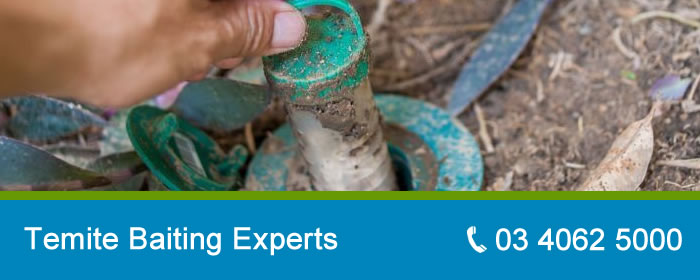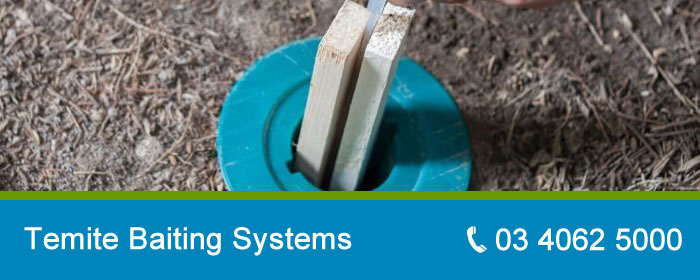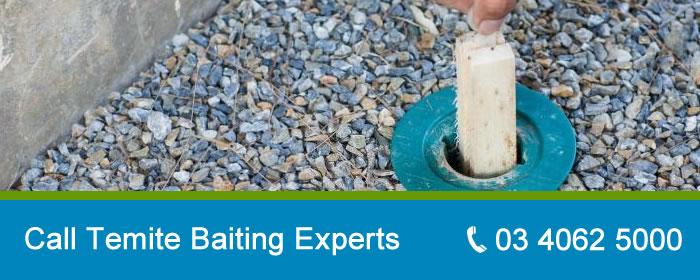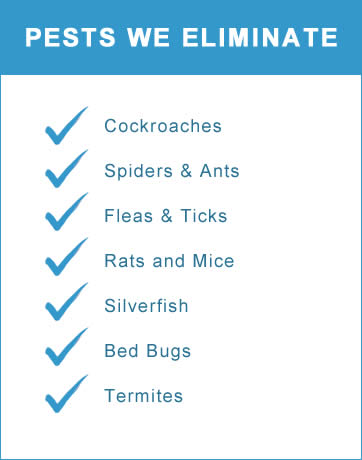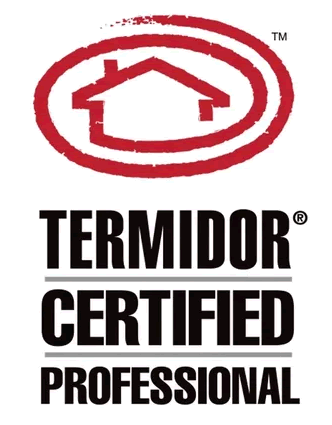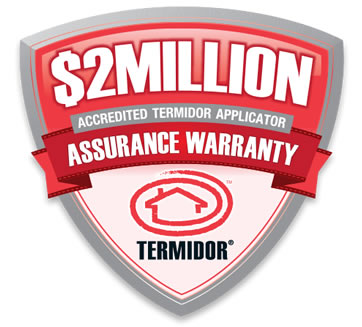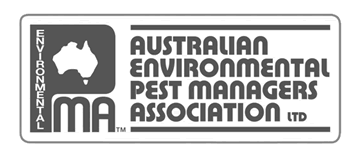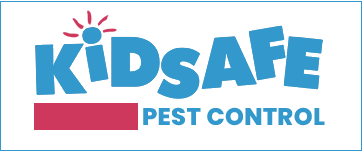Termite Baiting System Melbourne
Termite Baits By Sentricon, Exterra and Trelona
A termite baiting system is exactly as it sounds – a baiting system used to control termite infestations.
The simple and easy-to-deploy devices are one of the most effective ways of detecting the wood-destroying insects and removing them before they cause expensive property damage.
Termite baiting systems (also known as bait stations or traps) attract and kill termites, ultimately eliminating entire colonies.
Each station contains a special kind of timber that termites find attractive. It is laced with an attractant designed to lure the insects.
Once termite activity is detected, a slow-acting termiticide is added.
The destructive pests can’t detect the poison and so unwittingly ingest it and pass it on to other termites during their normal feeding and grooming behaviour.
In this way, a colony is soon wiped out.
Let’s take a look in a little more detail at how termite baiting systems work.
How Do Termite Baiting Systems Work?
There are numerous makes of termite baiting systems, but many have the same general appearance.
Typically, a vented plastic cylindrical tube that’s about 30 centimetres in length. Each trap has a lockable lid and ventilation grills at the top.
To effectively bait for termites, the following steps are performed:
Installation
Several traps are buried in the ground at three-metre intervals around a property, with the tops sitting flush with the soil/lawn.
This is to avoid causing an above ground obstruction and because termites travel underground. To trap them, you need to be where they are.
Pre-baiting
During this stage, a feeding connection is established with a termite colony.
How is this done?
Scout termites roam free from their colonies, looking for food sources.
When they come across the irresistible timber strips in bait systems, they tag them with chemicals known as pheromones. This creates a scent trail for worker termites to follow.
Adding a termiticide
Soon, many other termites make their way to the bait stations to feed on the timber, unaware they are falling into a trap.
When a pest controller detects significant termite activity in each bait station, they add a termiticide to the bait.
Because the insects can’t notice it, they take it back to their colony to feed other termites.
The toxin doesn’t kill the insects straight away. It is slow-acting and therefore has time to spread through a colony.
The termiticides tend to contain chitin inhibitors which prevent the pests from moulting.
Chitin is a hormone that worker termites secrete to help them shed their exoskeletons.
The inhibitors stop the formation of chitin; without it, termites cannot moult and will soon die.
Note that some termite stations don’t require monitoring because the termiticide is there from the start. If the tiny pests find the station, the bait gets to work immediately.
Benefits of Termite Bait Stations
Among the key benefits of termite baiting systems are:
- Only use a limited amount of termiticide
- An early detection system for termites
- Easy to use
- Simpler than applying liquid chemical barriers
- A very precise way of killing the insects
- A very effective termite control method
- Equally effective at preventing termite entry and dealing with a live infestation
Leading Termite Baiting System Brands
There are many different types of termite baiting systems available. Among the leading and most popular types are:
Sentricon AlwaysActive
This termite baiting system features a powerful termiticide within a high-density rod. It is active from the moment it’s installed. Typically, the rods are effective for up to five years.
Exterra Interception and Baiting System
Traps containing a special termite attractant are placed around a property. This creates a continuous protection zone that termites don’t cross.
Trelona Advanced Termite Baiting System
These stations contain a highly potent active ingredient and are easy to install, check and refill.
All three baiting systems provide homes and businesses with long-term termite protection.
Termite Baiting Systems FAQ
Can baiting systems be used to deal with live infestations in a home?
Yes, they can. Termite baiting systems aren’t only designed to prevent the insects from entering a property.
You can deploy them in areas where termites are already feeding. They’ll feed on the toxin-laded bait and take it back to the colony, which ultimately dies off.
Are termite bait stations safe?
Yes, they are 100% safe (unless you’re a termite). Each bait station has a secure lockable cap, and the termiticide is harmless to children, pets and local wildlife.
Do termite bait stations work straight away?
No, they don’t. It usually takes a few days to up to six months for the insects to find the traps and start feeding on the bait.
However, once they start feeding, the system effectively attracts other termites from the colony and hastens its destruction.
Are termite traps a permanent solution?
Yes, they are. Once installed and monitored every few months, you can sleep easy knowing your property is safe from future infestations.
Can You Refill Termite Bait Stations Yourself?
The components of termite baiting systems should be replaced every 12 months to ensure peak performance.
While you can do this job yourself, it should really be left to a trained pest controller.
In any case, the manufacturers of some systems will only guarantee their products if they’re installed, refilled and checked by accredited pest control technicians.
How long does it take for termite baiting stations to eliminate a colony?
Typically, it takes several months to a year for a colony to collapse after a feeding link has been established with the traps.
However, the time depends on numerous factors, such as the colony’s size and the termite species.
Are there any disadvantages to using termite baiting systems?
One potential disadvantage is that they require monthly inspections by professional pest controllers and maintenance.
However, these are small prices to pay, knowing that your home or work premises will soon be termite-free.
Why Choose Us?
- Fully Licensed and Qualified Technicians (PCO’s)
- Public Liability Insurance – $20,000,000
- 10 Years Experience
- Environmentally Friendly Products
- One Off Or Regular Treatment Plans
- Friendly & Reliable
- Competitive Prices
Pest Control Near Me
We have a pest exterminator in the following areas of Melbourne, VIC:
- Central Suburbs
- Melbourne CBD
- Inner City -South Yarra, Prahran, Richmond, Essendon, Collingwood
- Eastern Suburbs and South East
- Northern Suburbs
- Western Suburbs
- Mornington Peninsula
Conclusion
Termite baiting systems have a lifespan of around ten years, making them a great investment for anyone wanting long-term protection for their home or business.

